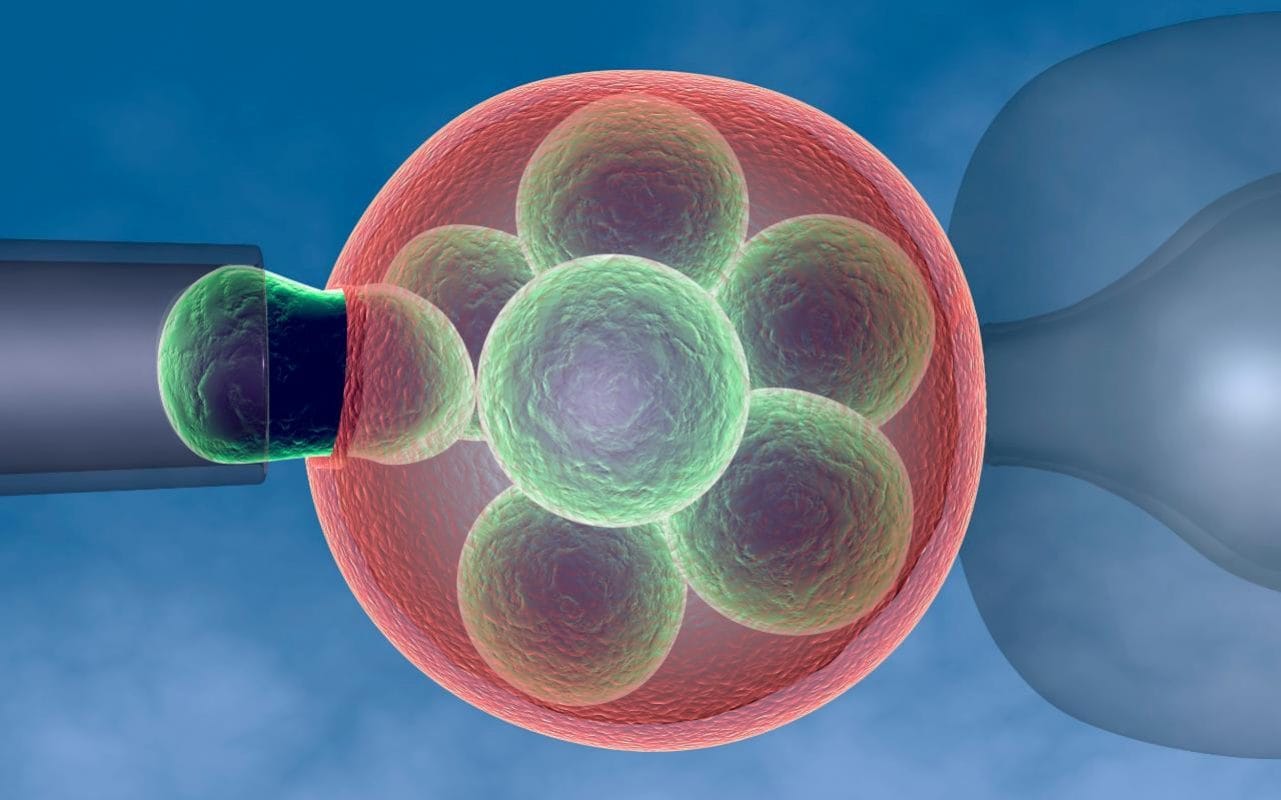Page 9551
Apr 8, 2018
Jupiter Forms a Triangle in The Night Sky This Month. Here’s How to See It
Posted by Genevieve Klien in category: space
We’re never short of reasons to look up at the night sky — whether it’s the rare second blue moon we were just treated to, or a meteor shower.
But in case you need a little motivation to get out of the house and into the fresh air this month, we have a beautiful one for you: checking out the ever-changing celestial geometry above our heads.
This April, the gas giant Jupiter forms a rare and fleeting triangle with two bright stars in our night sky, and it’ll be visible with the naked eye if you know where to look.
Continue reading “Jupiter Forms a Triangle in The Night Sky This Month. Here’s How to See It” »
Apr 8, 2018
Technology designed to help Mars rover navigate could help make Northland roads and truck drivers safer
Posted by Genevieve Klien in categories: space, transportation
Imagine driving and being warned when you’re too close to the edge of the road.
That’s exactly what space technology developed by German researchers can do, and it could be in Northland trucks in the next year.
Researchers from the German Aerospace Agency have been in Whangarei with the Intelligent Positioning System, which has been designed to navigate the rover on Mars.
Apr 8, 2018
Celebrate the Voyager Golden Record with David Pescovitz: London (April 17) and New York City (April 12)
Posted by Genevieve Klien in category: alien life
This week and next, I’ll be visiting the Sonos stores in New York City (4÷12) and London (4÷17) for a free listening party celebrating the Voyager Golden Record, the iconic message for extraterrestrials launched into space 40 years ago. I’ll do a short multimedia presentation about this inspiring artifact and we’ll play the first ever vinyl release of the Voyager Golden Record that I co-produced with my friends Tim Daly and Lawrence Azerrad. Admission is free. No tickets remain for the New York City event but depending on the number of “no shows,” there may be availability at the door. And if you’re in London, please do RSVP right here! I hope to see you!
Apr 8, 2018
Physicists Just Discovered an Entirely New Type of Superconductivity
Posted by Genevieve Klien in categories: materials, physics
One of the ultimate goals of modern physics is to unlock the power of superconductivity, where electricity flows with zero resistance at room temperature.
Progress has been slow, but physicists have just made an unexpected breakthrough. They’ve discovered a superconductor that works in a way no one’s ever seen before — and it opens the door to a whole world of possibilities not considered until now.
In other words, they’ve identified a brand new type of superconductivity.
Continue reading “Physicists Just Discovered an Entirely New Type of Superconductivity” »
Apr 8, 2018
Shallow quakes shake parts of western Japan, more tremors expected
Posted by Genevieve Klien in category: futurism
TOKYO (Reuters) — A series of shallow earthquakes shook parts of western Japan on Monday and authorities warned that further strong shaking is possible over the coming days.
A stone torii gate damaged by an earthquake is seen at Karita Shrine in Ohda, Shimane Prefecture, Japan in this photo taken by Kyodo April 9, 2018. Mandatory credit Kyodo/via REUTERS.
Blood stem cells are produced in the bone marrow, yet new evidence from mice studies suggests that proteins produced in the liver help maintain the production of these critical stem cells from afar. Haematopoietic stem cells (HSCs), which differentiate into various blood cells, are largely produced and maintained by specialised cells that also reside in the bone marrow. However, emerging evidence hints that HSC behaviour is affected via long-range signals originating from a distant part of the body in mammals. To pinpoint the origins of these mysterious signals, researchers investigated which organs in mice produced a key protein called haematopoietic cytokine thrombopoietin which is known to help maintain HSCs, called haematopoietic cytokine thrombopoietin (TPO). The protein, it emerged, was enriched in osteoblasts, mesenchymal stromal cells, and the liver. The researchers found that knocking out TPO production in osteoblasts and mesenchymal stromal cells had little effect on the maintenance of HPCs. However, when they blocked production of TPO in liver cells, this resulted in a 24-fold reduction of HPCs in the bone marrow. The findings appear in the journal Science.
Apr 8, 2018
Blood test to detect Alzheimer’s disease
Posted by Genevieve Klien in categories: biotech/medical, neuroscience
Will open avenues for drug discovery
Scientists have developed a new blood test for Alzheimer’s disease that can detect early indicators of the disease long before the first symptoms appear in patients. The blood test would thus open the door to new avenues in drug discovery, said the researchers from Ruhr University Bochum in Germany.
The blood test uses a technology called immuno-infrared sensor to measure distribution of pathological and healthy structures of amyloid-beta, according to a study published in the Molecular Cell. The pathological amyloid-beta structure is rich in a sticky, sheet-like folding pattern that makes it prone to aggregation, while the healthy structure is not.
Continue reading “Blood test to detect Alzheimer’s disease” »
Apr 8, 2018
How Scientists Listen to Black Holes Colliding A Billion Years Ago
Posted by Genevieve Klien in categories: cosmology, physics
Scientists at LIGO detected billion-year-old gravitational waves, and they are expecting to detect a lot more. This is an excerpt from ‘The Little Book of Black Holes’ by Frans Pretorius and Steven S. Gubser, reprinted with permission from the publisher Princeton University Press.
Apr 8, 2018
Are we on the brink of a stem cell revolution?
Posted by Genevieve Klien in categories: biotech/medical, innovation
I t has now been decades since stem cell technology emerged as the next great breakthrough in modern medicine, with the bold potential for one day curing everything from heart disease to cancer. Today, that optimism doesn’t appear to have diminished.
It’s easy to recall the excitement. In the late 1990s, when stem cell research was still relatively unexplored but gathering pace, the hope surrounding future uses for such treatments appeared near limitless. Once greater advances had been made, it was often argued, doctors could one day inject patients with cells that have the ability to transform into any other type of cell, making it possible to grow whole new organs. In theory, any damaged area…


















